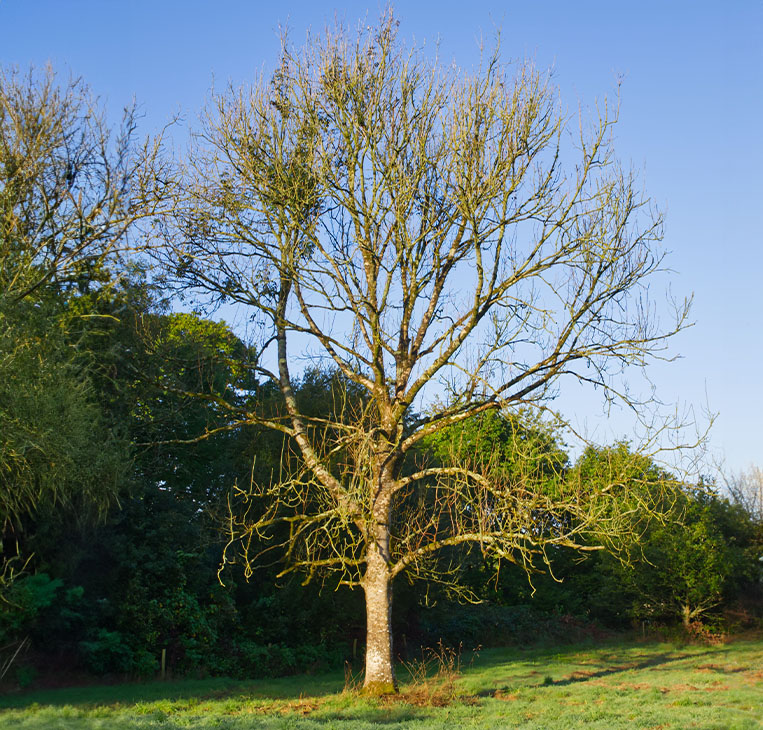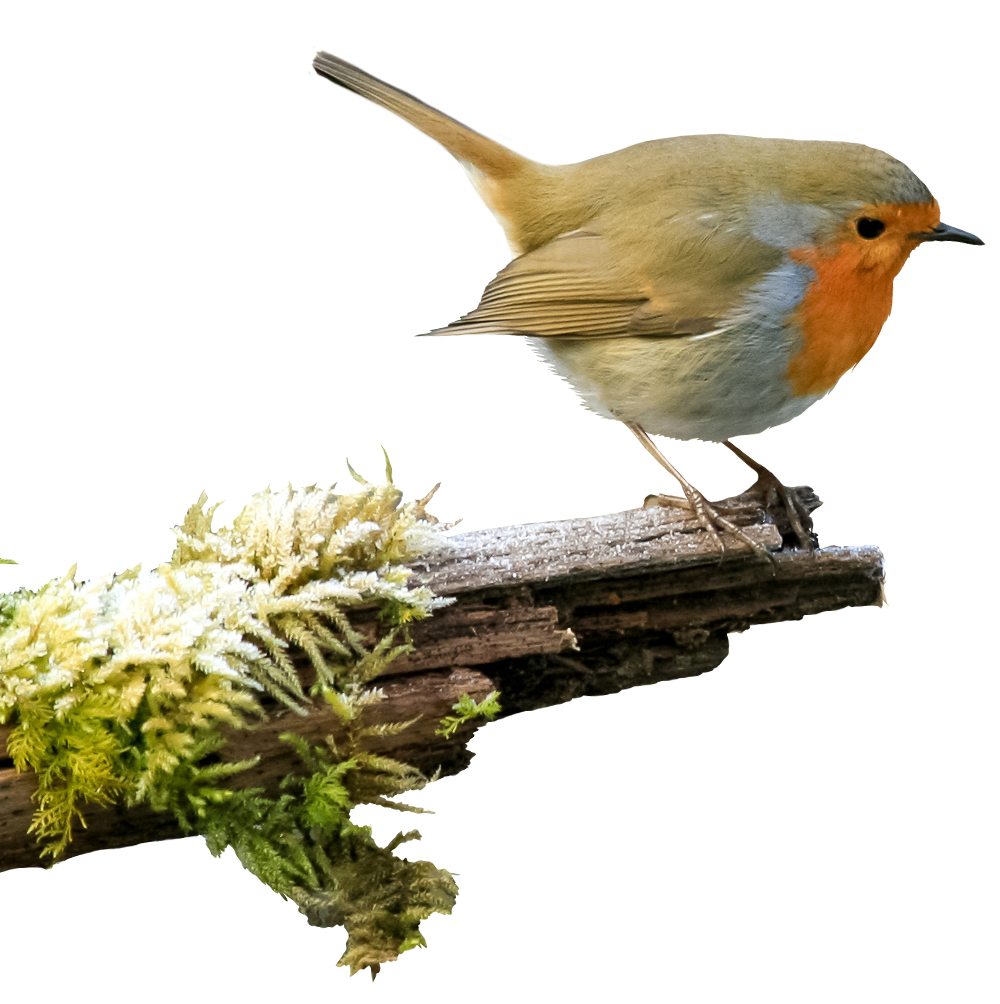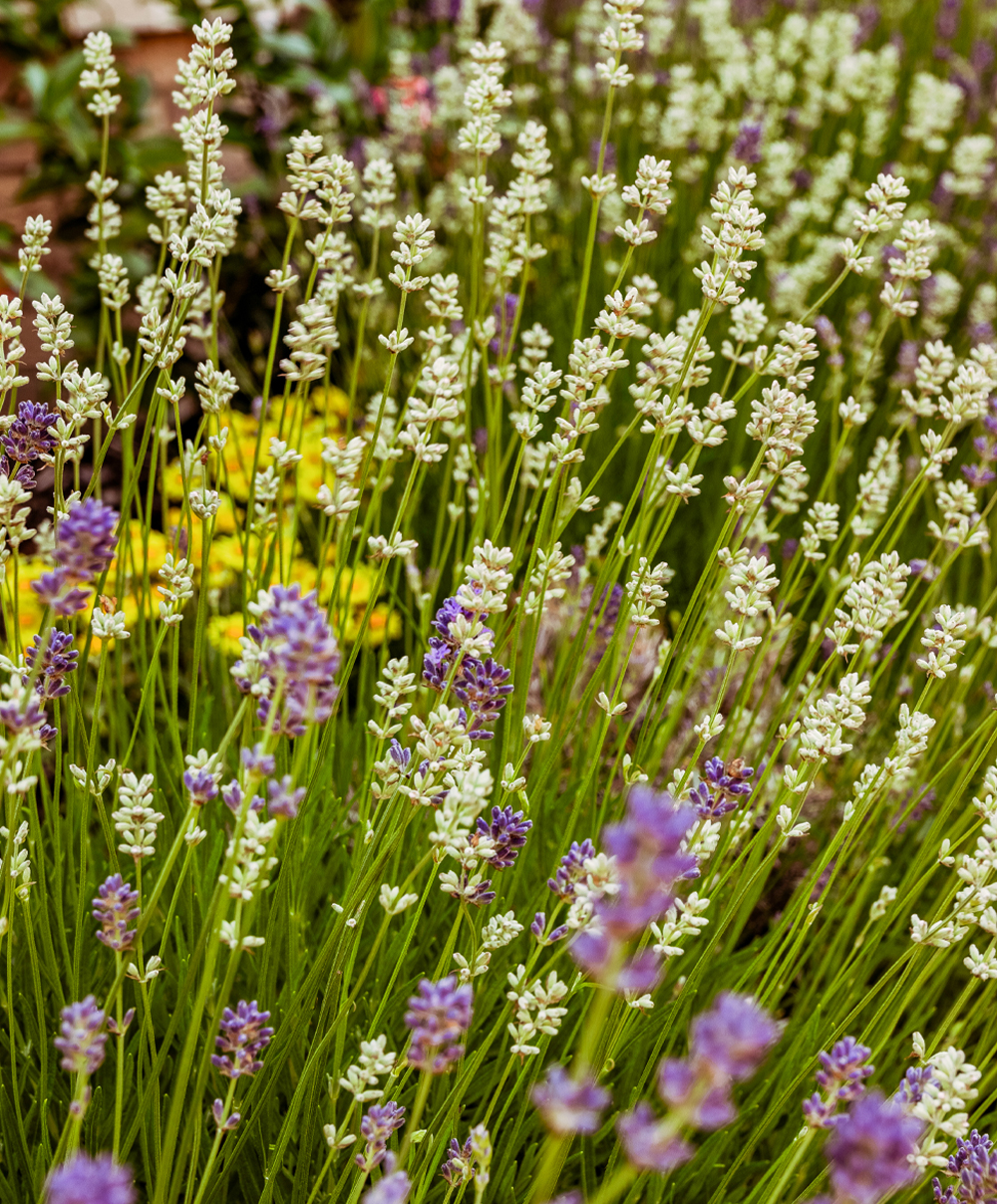Biodiversity Net Gain: Everything You need to know
Exploring how the government’s new legislation will affect developers.
From 12th February the new Biodiversity Net Gain measures have come into effect. It’s new government legislation regarding land development across England, stating that all planning permissions must deliver a biodiversity net gain of at least 10%. It was first introduced as a concept in the National Planning policy Framework in 2012 and has now been made mandatory under the Environmental Act 2021. How exactly is it going to be implemented though? What will be specifically required by developers, and how is this going to affect future developments? We’ll take a look at all of this and more in this article.
What is biodiversity?
Biodiversity is the variety of animal and plant life within a habitat, and plays a crucial role for both humans and the planet. It is important for a landscape to have a diverse habitat, as when different species coexist, it means there’s more stability and resilience to environmental changes. For example, the recent spread of Ash Dieback (Hymenoscyphus fraxineus) has caused widespread damage to ecosystems all over Europe, killing ash trees, and disrupting the balance of natural habitats. If it weren’t for biodiversity, and the large amount of remaining trees unaffected by the disease, the loss of so many ash trees would cause far more ecological damage, causing a bigger knock-on effect than it otherwise has.
Biodiverse landscapes can provide more than just protection against extinction and disease though, they also offer a variety of food sources, for wildlife, and humans. A greater variety of food means less reliance on the survival of a single crop, and ensures the availability of food for wildlife year round. Ensuring the future of our green spaces through biodiversity will have a number of other benefits, most notably assisting in combatting climate change, through the carbon sequestration of plants and trees. The average tree is capable of sequestering around 20KG of carbon at one time.

Ash tree affected by Hymenoscyphus fraxineusfungus
Biodiversity loss happens when there is a decrease in the variety of life within a species, an ecosystem, a particular geographic area, or even the entire planet. All over the world, biodiversity has been reduced because of several reasons. One reason is because of the exponential increase in the human population, which puts immense pressure on natural resources and habitats. As more people strive for affluent lifestyles, the demand for resources rises, leading to habitat destruction and species decline. There has been an increase in the use of fossil fuels, urban development, and deforestation for timber and farmland. Another reason is because of wasteful practices, pollution, and inefficient use of water resources. Climate change, which happens as a result of greenhouse gas emissions, disrupts habitats, migration patterns, and food availability for many species. Overfishing, overhunting, and excessive harvesting of resources has led to population declines. It has been seen that biodiversity loss not only affects individual species, but also whole biological communities, and when crucial species disappear, it disrupts whole ecosystems functioning.
This is why the government in the UK is trying to encourage biodiversity again, through introducing Biodiversity Net Gain. The government is aiming to protect and enhance the variety of species, habitats, and ecosystems. This contributes to the overall health of the environment and ensures the survival of diverse plant and animal life. They are trying to stop biodiversity loss, and it’s been said that they’re attempting to stop and reverse biodiversity loss by 2030. This involves addressing deforestation, marine litter, and illegal wildlife trade.
Biodiversity is important to preserve within our ecosystems, as natural variety plays a vital role in supporting the essential processes that sustain all life on Earth. It ensures that we have healthy ecosystems, maintains soil health, mitigates climate change, and is used for many of our medicines and over health and well-being.
For green spaces and ecosystems to thrive, we need a diverse range of plants, animals, and microorganisms. Pollination by bees and other insects is responsible for one third of the world’s crop production, and these ecosystems are reliant on a diverse spread of insects in order to undertake this pollination. Healthy soil includes a wide variety of microorganisms such as invertebrates, bacteria, fungi, that contribute to each function of the ecosystems that benefit all other life forms, and enhance overall biodiversity. Ecosystems rich in biodiversity, such as forests, wetlands, and oceans, act as natural carbon sinks, which helps mitigate climate change. The Amazon rainforest has approximately 16,000 species of trees, 427 mammal species, 1,300 bird species, 378 species of reptiles, and more than 400 species of amphibians. It stands as the largest and most diverse tropical rainforest globally, storing up to 100 billion tons of carbon. Most modern medicine originates from plants, and having a wide variety of plants is essential to creating the thousands of different types of medicine used today. For example, Aspirin comes from plants such as Salix alba (white willow), Gaultheria procumbens (checkerberry), and Betula pendula (silver birch). Morphine, an essential pain killer used in hospitals, is extracted from Papaver somniferum (opium poppy). Further to this, the primary source of natural rubber is the milky latex of Hevea brasiliensis (rubbertree).

What is Biodiversity Net Gain?
Biodiversity Net Gain is government legislation that states that every development must positively increase the biodiversity of the surrounding area by at least 10%. It ensures that natural habitats are preserved and improved after development and that development projects make positive contributions to the overall ecological balance. Developers will be required to clearly show how their plans will increase the biodiversity value of each site. In order to show this, the government has provided a ‘statutory biodiversity metric tool’ which should be used to prove that this has been accurately measured. It takes into consideration the habitat size, quality, location, and type. Biodiversity Net Gain will be mandatory for all new planning applications for major developments under the Town and Country Planning Act 1990, except for notable exemptions. By making it mandatory, the new rules will force developers to be mindful of biodiversity when in the planning stage of all projects. It will require developers to carefully plan the inclusion of green spaces in each project, and ensure there is enough native planting to attract native wildlife. This will likely involve additional costs and logistical challenges for developers, and will also take more time when planning. They will need to measure the habitats’ current biodiversity value and find ways of achieving BNG using the metric tool.
Ways to increase biodiversity
When designing sites, it is important for developers to include a wide variety of plant species to create a rich and varied habitat to support biodiversity. It is a good idea to prioritise native plants and animals that have adapted to the local environment and climate. These native species support local ecosystems and provide food and shelter for wildlife. Native trees, such as Quercus robur (English oak), Pinus sylvestris (Scots pine), Corylus avellana (hazel), and Fraxinus excelsior (ash), all originated in Britain over 10,000 years ago. During this time, insects and animals have evolved alongside these native species, supporting one another most effectively, and increasing survival rates.
Another way developers will design their sites to increase biodiversity is by designing vertical and horizontal layers in a landscape, incorporating diverse habitats such as grasslands, woodlands, wetlands, and meadows. Including different layers into landscapes maximises biodiversity of the area as canopy trees offer nesting sites for birds as well as shelter for insects, shrubs provide food and cover for small mammals and birds, herbaceous plants attract pollinators and insects, and groundcovers protect and sustain soil organisms.
Developers will also incorporate features such as bird boxes, insect hotels, and wildflower meadows, as well as fruit-bearing trees and shrubs for wildlife. Bird boxes provide safe nesting sites for lots of different bird species, especially in urban areas where natural nesting sites are scarce, and becoming more so. Insect hotels attract insects such as bees, ladybirds, and lacewings, giving them a safe shelter and aiding in their survival. They play essential roles in pollination, pest control, and nutrient cycling, actively contributing to the biodiversity of their habitats. Planting wildflower meadows help to provide nectar, pollen, and shelter, as well as attracting butterflies, bees, spiders, millipedes and other essential pollinators, a wildflower meadow can often contain over 100 different species of wildflowers.
Using plants that reduce noise pollution, by creating a screen that absorbs sound from urban environments helps to minimise habitat disruption. Traffic, construction, and other industrial activities can alter animals’ feeding patterns, mating calls, or migration routes. It can also drive noise-sensitive species away from their natural habitats, as well as animals that rely on quiet environments for nesting, foraging, or breeding.

Lavandula angustifolia ‘Alba’
Plants to increase biodiversity
There are a number of other ways in which plant selection can help to create a biodiverse habitat around a development. Including a variety of colours, shapes, and smells in a development will help to provide for and support a wide range of wildlife. Fragrant flowers such as Lavandula, Rosa, or Syringa vulgaris are important, as many butterflies and other insects source their food by scent.
To encourage bees and other pollinators, choose a variety of spring, summer, autumn, and winter flowering plants, which will ensure there is a constant supply of nectar and pollen throughout the year. Seasonal flowering pollinator friendly plants include, spring: Helleborus foetidus, or Primula vulgaris; summer: Digitalis purpurea, or Trifolium; autumn: Buddleja, Calluna, or Aster; and winter: Galanthus nivalis and Silene dioica. Bees are currently under threat due to habitat loss caused climate change, as well as a reduction in plant variety, and increased pesticide use. They are essential to the life cycle of a large number of plants and trees that support wildlife, and they assist in producing a third of the worlds food supply, so it is crucial that we ensure our green spaces encourage thriving bee populations.
Although Biodiversity Net Gain alone can’t solve the biodiversity crisis, it has the potential to help mitigate further damage. It is vital for balancing development with environmental conservation, safeguarding our natural heritage for future generations.
To find out more, get in touch with the G team today.

